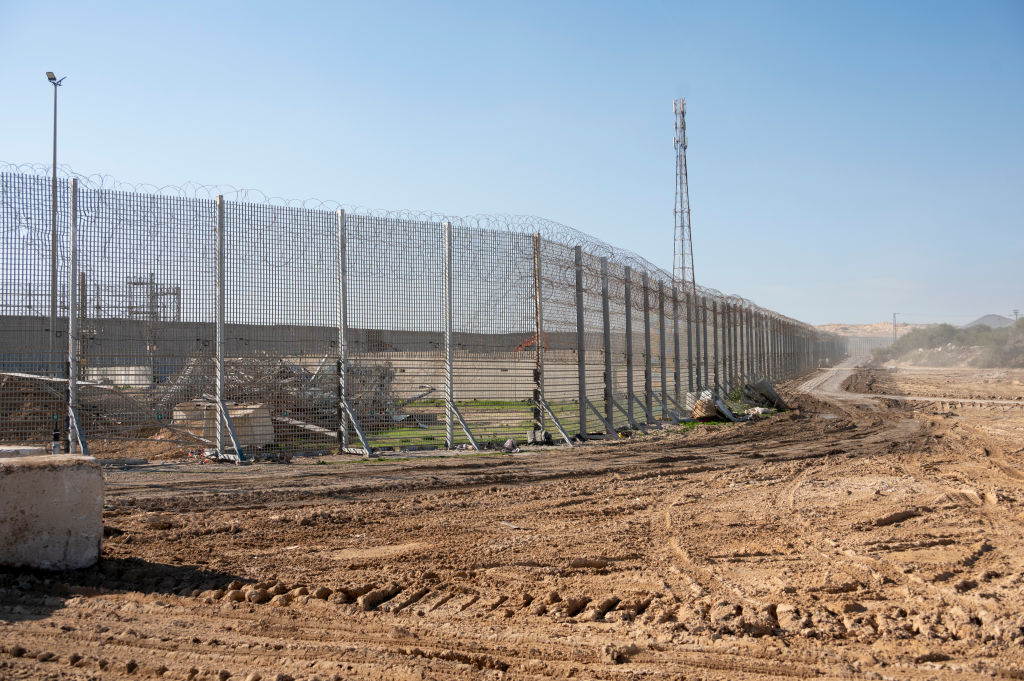The humanitarian aid allowed to enter the Gaza Strip has been increasing in recent days, but the current level of assistance remains far from sufficient for the over two million people living in the entire Gaza Strip.
The new arrivals provided temporary relief to the humanitarian situation in Gaza, especially in the southern region.
At the Karam Abu Salem commercial crossing in the southern region of Gaza, goods and aid supplies are being transported from the Egyptian side into the Gaza Strip.
Under mounting pressure from the international community, Israel recently announced the allowance of more humanitarian aid into the Gaza Strip. According to Israeli authorities, over 400 trucks loaded with aid supplies entered the southern part of Gaza on Monday and Tuesday.
Residents in Rafah have noticed a slight decline in prices, which had previously skyrocketed due to the shortage of supply.
“The international community pressured Israel to allow more aid into Gaza. Now, the number of trucks carrying supplies has increased, and the prices of basic food and commodities have finally returned to a more affordable range. For example, the price of sugar, which was as high as 60 shekels (about 15.91 U.S. dollars) per kilogram, is now around 7 to 8 shekels. The price of cooking oil, previously 20 shekels per liter, is now 8 shekels. We are grateful that finally prices are getting back to normal,” said Mawhub Safi, a resident.
However, the temporary increase in external humanitarian aid is not enough to completely alleviate the humanitarian crisis caused by the six-month conflict in Gaza. According to the latest report from the United Nations Relief and Works Agency for Palestine Refugees in the Near East, Israel continues to impose obstacles to the flow of aid supplies into Gaza. Due to extensive checks and regulations by the Israeli military, many trucks entering Gaza are only partially loaded with aid supplies.
Meanwhile, the humanitarian channels into northern Gaza have not seen any improvement. Since January, food aid has been unable to reach the northern region, leaving 70 percent of the local population in catastrophic hunger, according to a United Nations-backed report by the Integrated Food Security Phase Classification (IPC) global initiative. Access to clean water is scarce, and contagious diseases are spreading rapidly. All parties involved are urgently awaiting improvements in this dire situation.
“The Palestinian Red Crescent Society welcomes any efforts to expand the scope of aid and alleviate the suffering of the people, especially considering that there are currently 900,000 to one million internally displaced people in Rafah and 75,000 injured who are in urgent need of assistance to meet their basic needs,” said Raed Al-Nims, spokesman for the Palestinian Red Crescent Society.














